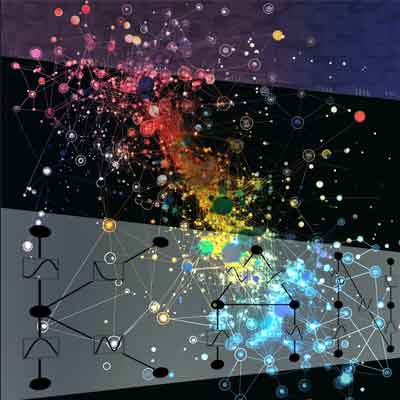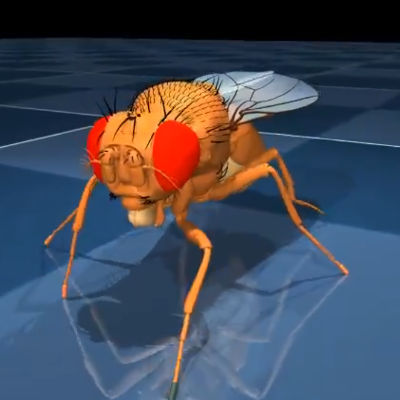Leveraging a human speech model to identify different types of barks
Have you ever wanted to understand what your (or someone else’s) dog is trying to say to you?
University of Michigan researchers are exploring the possibilities of using AI to do just that. They are developing tools to identify whether a dog’s bark conveys playfulness or aggression. The same models can also glean other information from animal vocalizations, such as the animal’s age, breed and sex.
Models trained on human speech
The study, which was conducted in collaboration with Mexico’s National Institute of Astrophysics, Optics and Electronics (INAOE) Institute in Puebla, found that AI models originally trained on human speech can be used as a starting point to train new systems that target animal communication.
This approach enabled the researchers to tap into robust models that form the backbone of the various voice-enabled technologies we use today, including voice-to-text and language translation.
These new models are trained to distinguish nuances in human speech, like tone, pitch and accent. They convert this information into a format that a computer can use to identify what words are being said, recognize the individual speaking, and more.
The researchers used a dataset of dog vocalizations (recorded from 74 dogs of varying breeds, ages and sex in various contexts) to modify a machine-learning and speech representation model called Wav2Vec2, which was originally trained on human speech data.
Animal welfare
According to the researchers, this study also has important implications for animal welfare. Understanding the nuances of dog vocalizations could greatly improve how humans interpret and respond to dogs’ emotional and physical needs, enhancing their care and preventing potentially dangerous situations.
Citation: Abzaliev, A., Espinosa, H. P., & Mihalcea, R. (2024). Towards Dog Bark Decoding: Leveraging Human Speech Processing for Automated Bark Classification. ArXiv. /abs/2404.18739, https://arxiv.org/abs/2404.18739 (open-access)
Let us know your thoughts! Sign up for a Mindplex account now, join our Telegram, or follow us on Twitter.


.png)

.png)


.png)





0 Comments
0 thoughts on “Using AI to decode dog vocalizations”